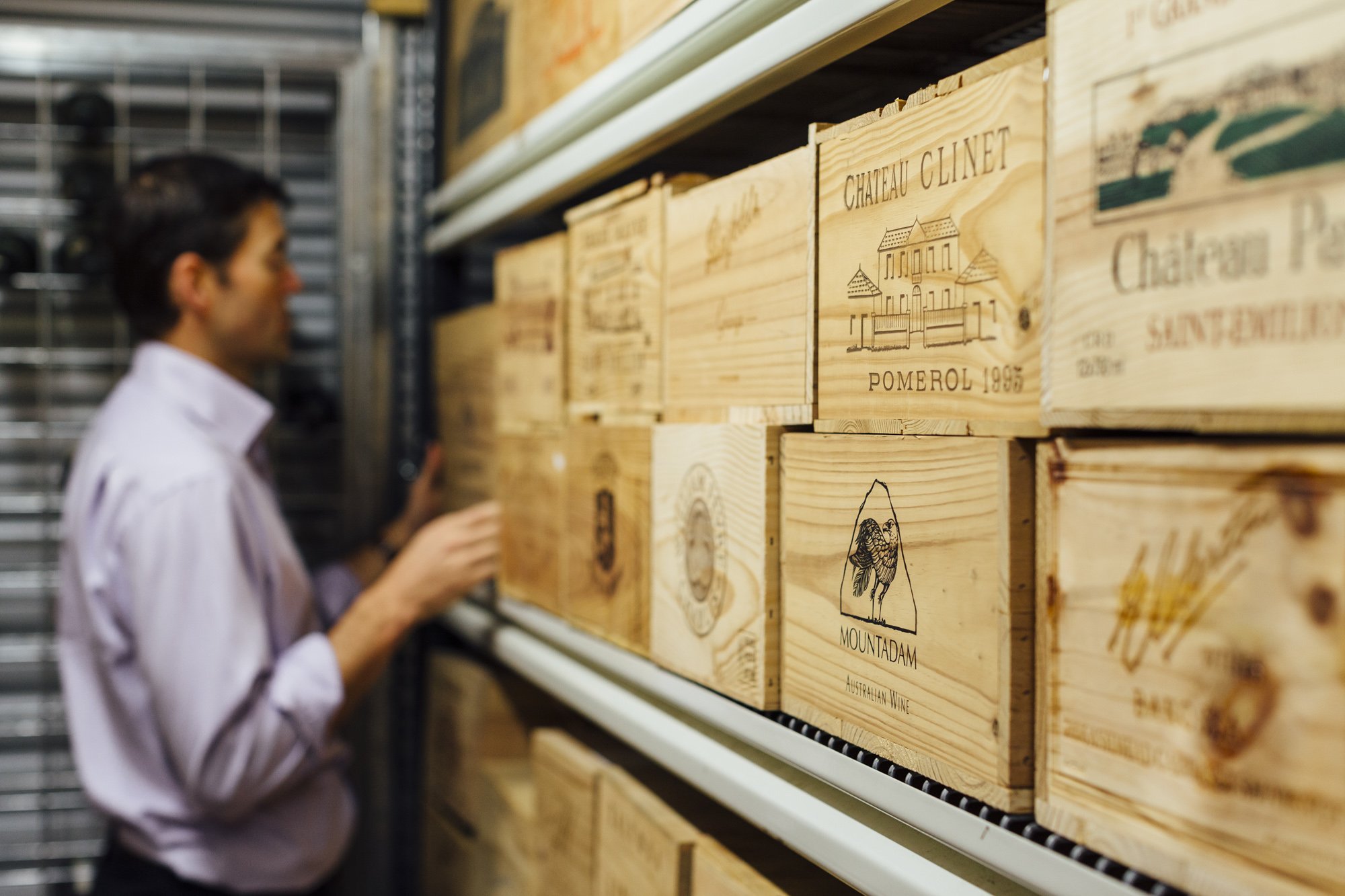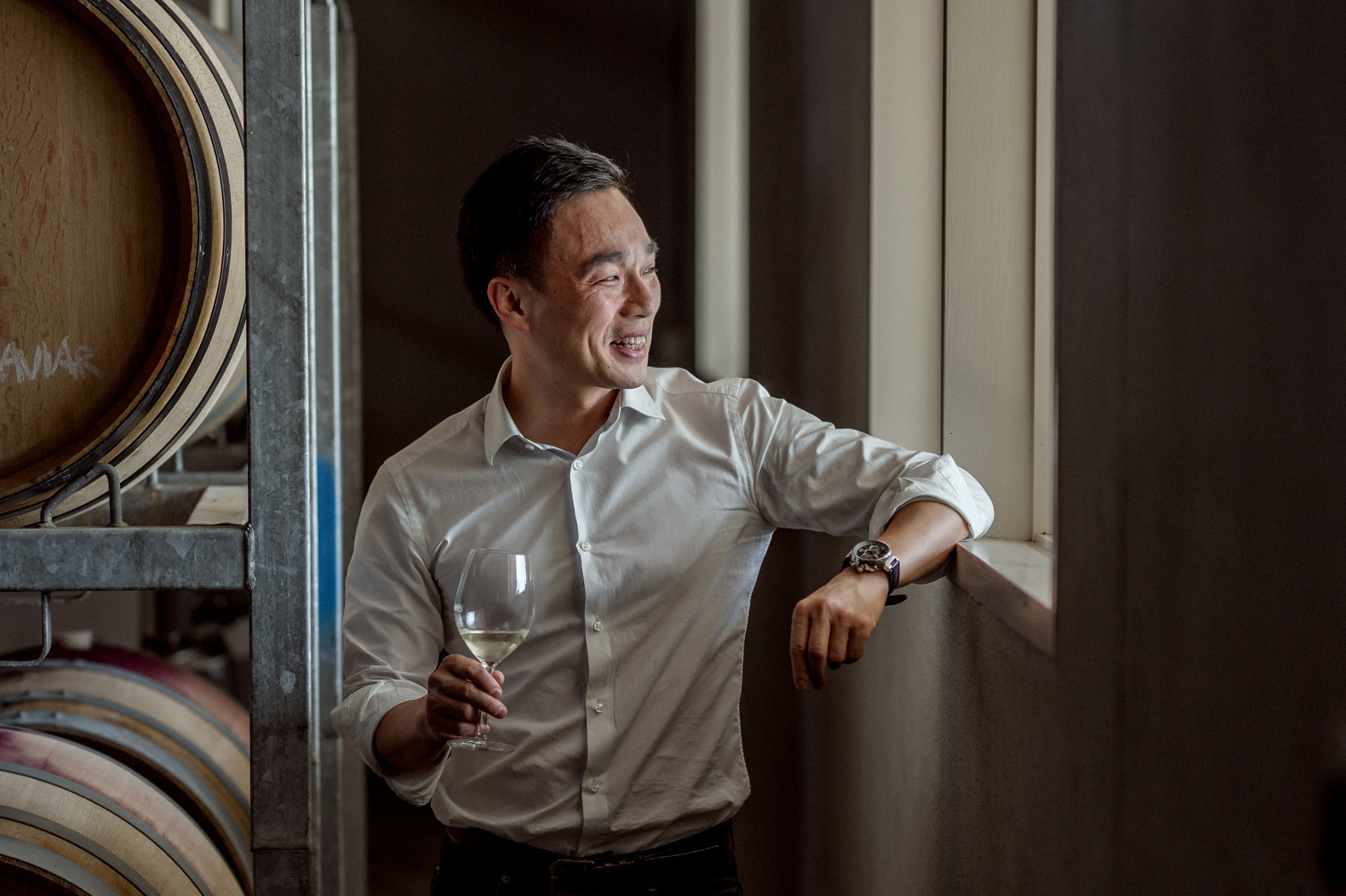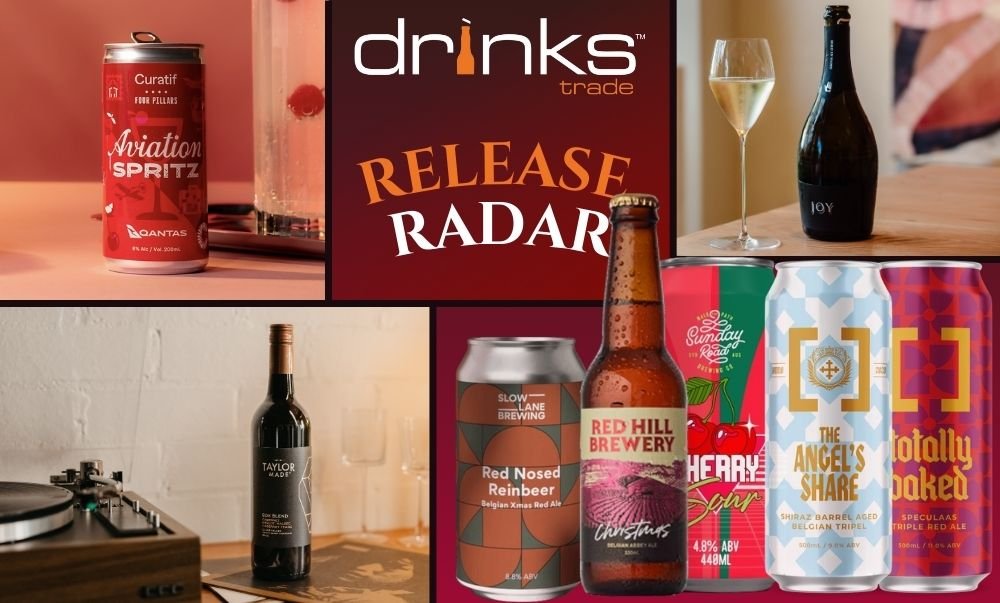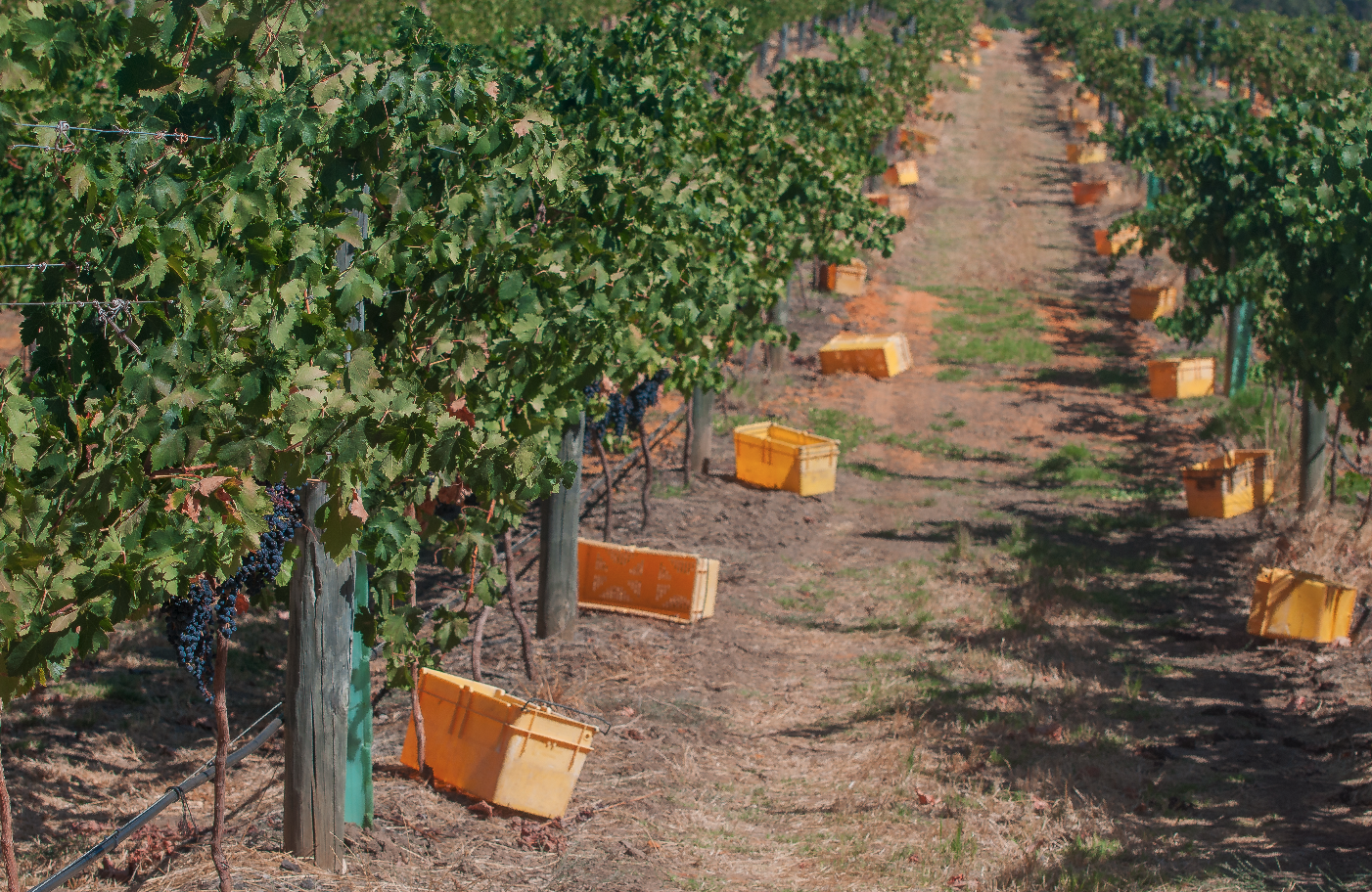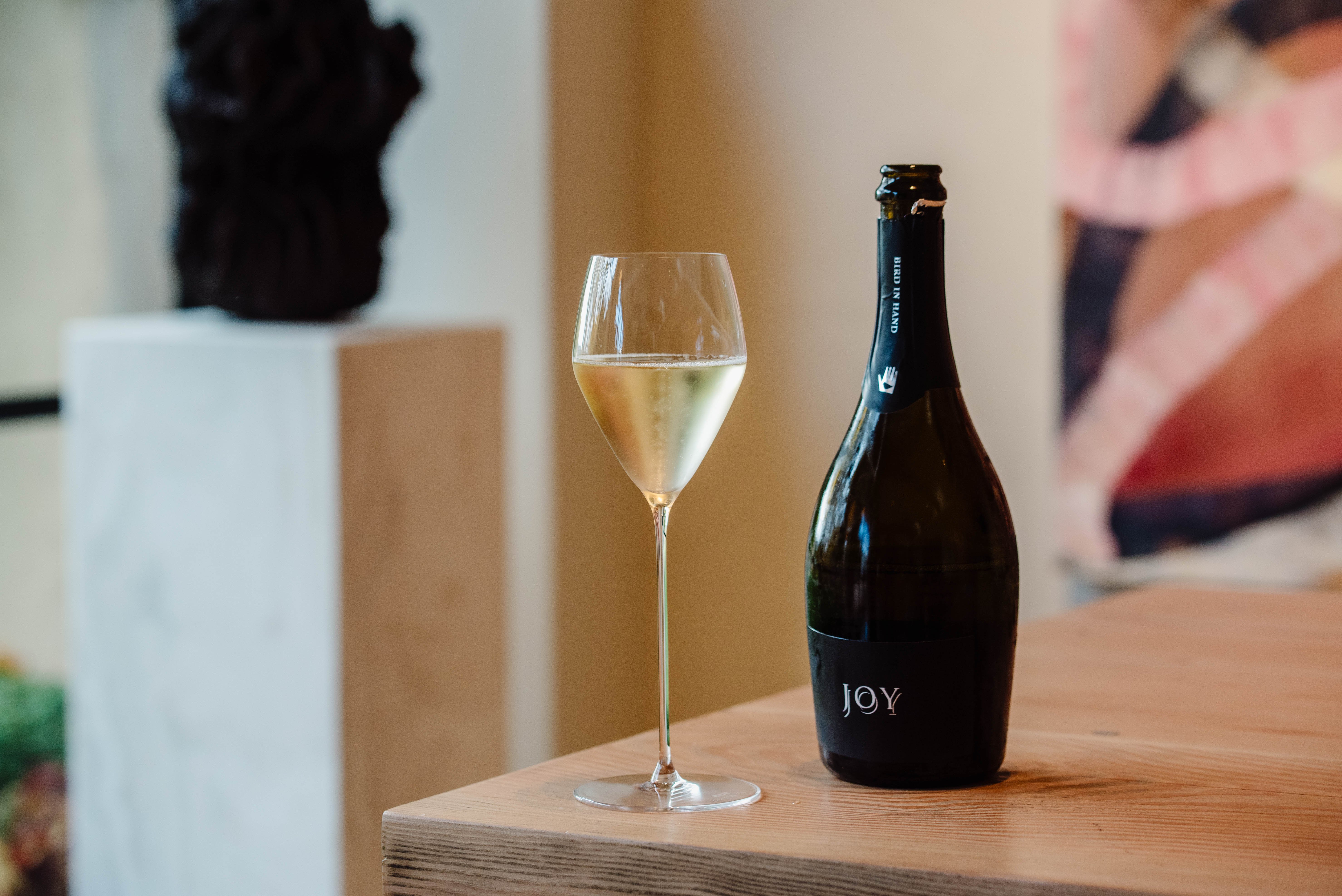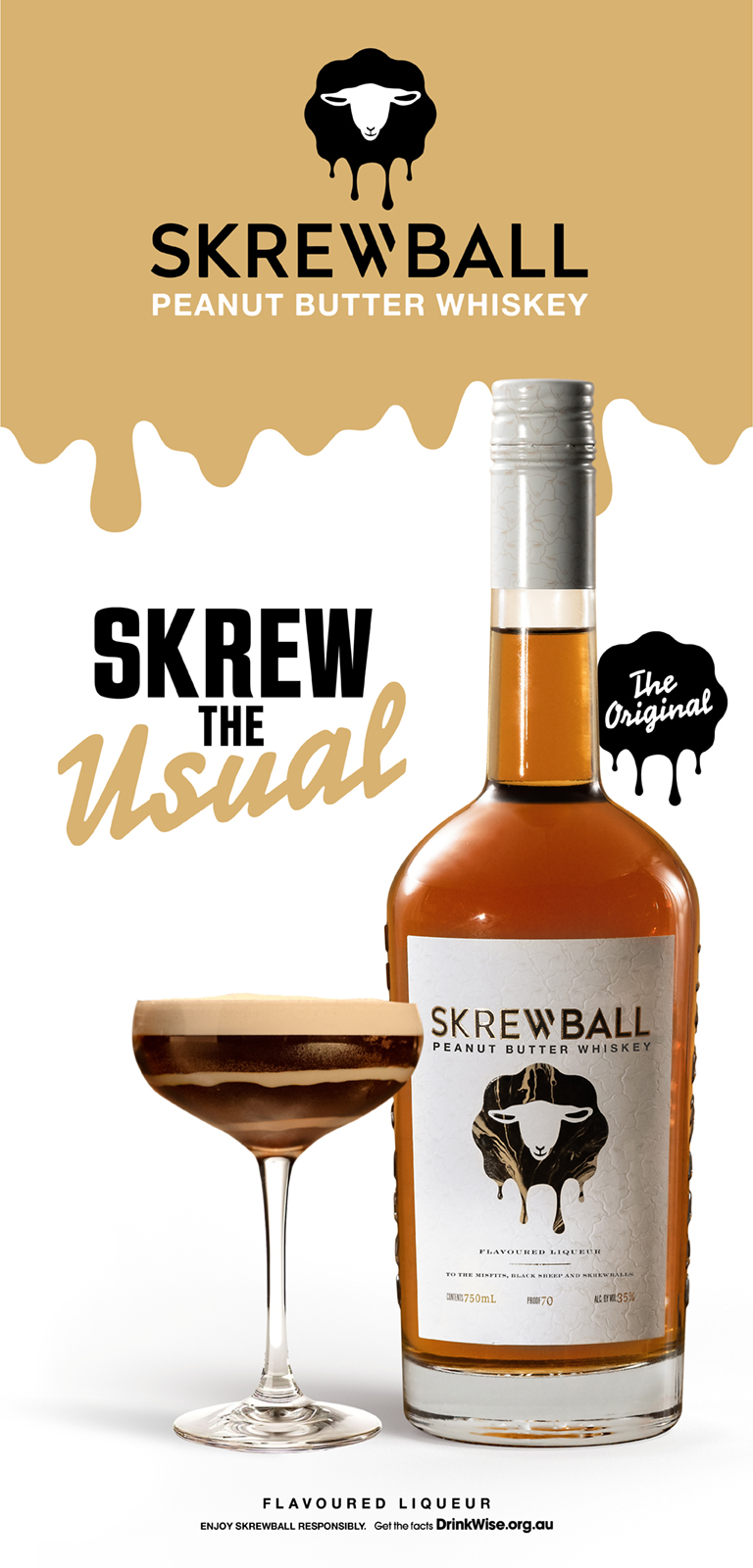Over recent decades, most key wine markets globally have been experiencing significant volume declines as a result of decreasing consumption. While each market has followed a different trajectory, the last 10 years have seen most previous growth markets enter into decline, contributing to the downward trend that has been developing in traditional continental European markets for decades.
In the case of Australia, the per-capita consumption is currently 11% lower than it was in 2000.
Recent analysis published by IWSR outlines four main reasons for the current structural volume decline in wine.
Firstly, the growing trend towards moderation. IWSR research conducted last year found that one in two wine drinkers in select markets were actively moderating their alcohol consumption. This includes one third of wine drinkers abstaining from drinking alcohol altogether, and about one in five opting for now/low alternatives.
While the trend is not generation-specific, IWSR’s Head of No/Low-Alcohol Insights Susie Goldspink said, “more no/low consumers in younger LDA cohorts are moderating in comparison to those in older age groups, who are more likely not to be moderating.
“This trend is evident particularly in Australia, Canada, Spain, the UK and the US; while markets like France, Germany and Brazil have a more even distribution among cohorts.”
Another key factor that has contributed to wine’s global consumption decrease is the growing competition from other categories, especially in regards to influencing Millennials and legal drinking age Gen Z consumers.
“This trend shouldn’t come as a surprise,” said Richard Halstead, Chief Operating Officer Consumer Research.
“Given the huge changes in the beverage alcohol market in the past decade and a half, including the increased availability of speciality drinks; the growing fashion for cocktails; and the widespread uptake of smartphones, giving consumers the ability to find information quickly, and to carry out transactions; wine has faced lots of competition from an increasingly adventurous alcohol consumer.”
Following this, IWSR long-run data reveals that the frequency of global wine consumption, or the number of wine occasions, has significantly decreased globally. This includes a decrease of about 50% of Australians that consume wine at least once a month comparing 2010 to 2023.
The final key factor recognised by IWSR is consumer desire to upgrade drinking experience by seeking out more aspirational brands and categories.
So what’s the solution? While wine is experiencing an overall structural decline, IWSR recognises that some categories, especially premium rosé, present opportunity for brands and retailers. IWSR attributes this is to rosé’s capacity to cater to ‘newer’ occasions such as bottomless brunches and summer outdoor socialising. Recently, Drinks Trade heard from leading Australian rosé winemakers about where they feel the category might be heading. This included Mike de Iuliis, Winemaker and Owner of Iuliis Wines.
“[We’ll probably] see a little bit more flavour as winemakers [stop being] scared of a little bit more colour in rosé, is probably what I know personally is I’ve got to stop worrying about [colour] too much and start just embracing wines with a bit more flavour and a bit more texture and weight,” he said.
“As an industry, I think we need to talk a little bit more to the restaurants and pubs and groups and try and steer them away from the Provence style and show them what we can do here in Australia.”
Wine spritzers are another emerging option in the wine-adjacent space. This includes the range of products from six unique brands that were recently introduced into Endeavour Group retail outlets.
“Wine spritzers address the evolving preferences of those looking for something new while warmly welcoming those who want to experience their first taste of the wine world,” said Ben Lafford, Dan Murphy’s Category Manager.
“It’s an uncomplicated way to deliver delectable flavours while delivering exactly what people are looking for; a focus on moderation, sustainability, and convenience, to meet the changing needs of consumers in a dynamic market.”
Despite the potential in certain subcategories, the IWSR indicates that gains in these growth opportunity sectors are unlikely to offset declines among lower-priced wine products in the mass market. This means that the now well established volume declines are expected to continue for the foreseeable future.
Share the content

